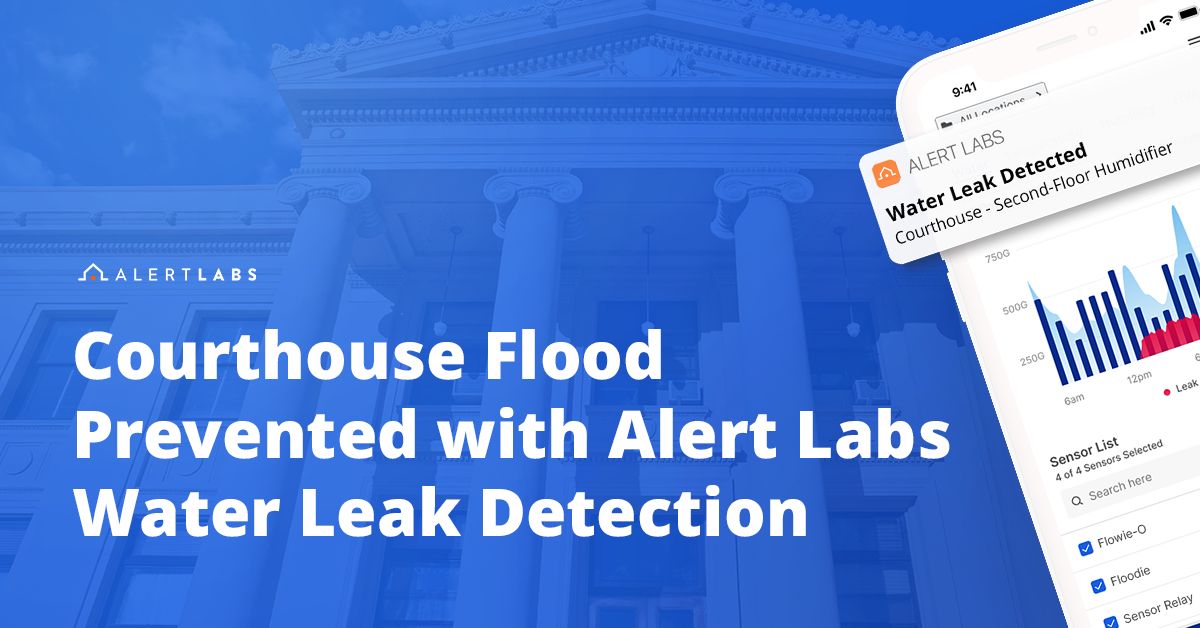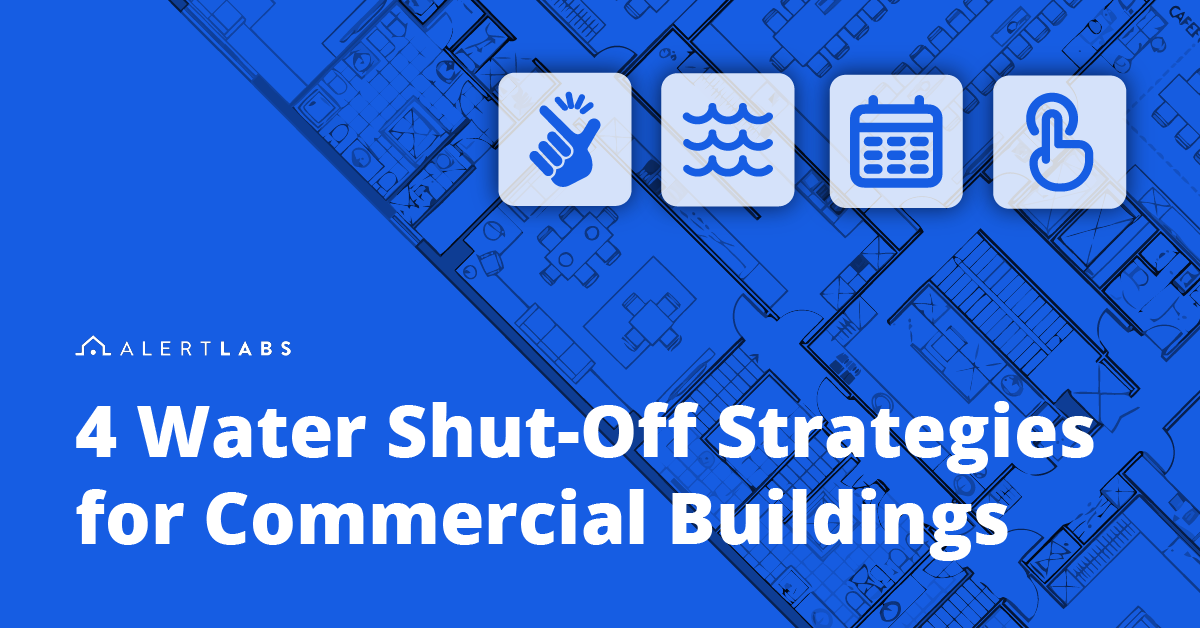What is the Water-Energy Nexus?

If you were to walk into a Condo Board's meeting room or find yourself in the mechanical closet of a 15-story government building, you probably wouldn’t see a sign on the wall that said, “Waste more water. It’s fun!” Such sentiments would be in stark contrast to our water reality. It’s a reality that we get glimpses of in statistics from the United Nations that tell us 2 billion people live in countries experiencing high water stress. We all know it: water is precious. But it’s even more precious than you may think.
What is the water-energy nexus?
The water-energy nexus refers to the energy it takes to collect, clean, move, store, heat and dispose of water.

Why is the water energy nexus important?
Businesses and organizations that own or manage buildings should be aware of the water-energy nexus because it impacts the world as well as their Environmental, Social, and Governance (ESG) goals. When buildings waste water more carbon dioxide equivalent (CO2e) emissions are created. That matters because CO2e are gasses that contribute to climate change through phenomena such as the greenhouse effect.
Examples of the water energy nexus
Irrigation systems set to baselines that overwater urban green spaces, cooling towers with higher than normal volumes of make-up water or shopping centers with continuously leaking bathroom fixtures are all doubly wasteful. Not only do these problems cause high water bills and vast amounts of wasted water, but all the energy embedded in that water goes down the drain, too.
Every water using appliance, plumbing fixture or water system within a building is part of a much wider network of energy inputs and environmental consequences. Businesses and organizations who are making ESG a priority should consider the water-energy nexus when setting goals. For more info, see the IEA article: Water-Energy Nexus see: Introduction to the Water-Energy Nexus.
Alert labs: a committed partner to esg
We’re helping thousands of businesses and organizations lower water costs, protect buildings and people, and use water more sustainably (See: How Our Customers Stopped 29,800,000 lbs. of CO2e Emissions).




